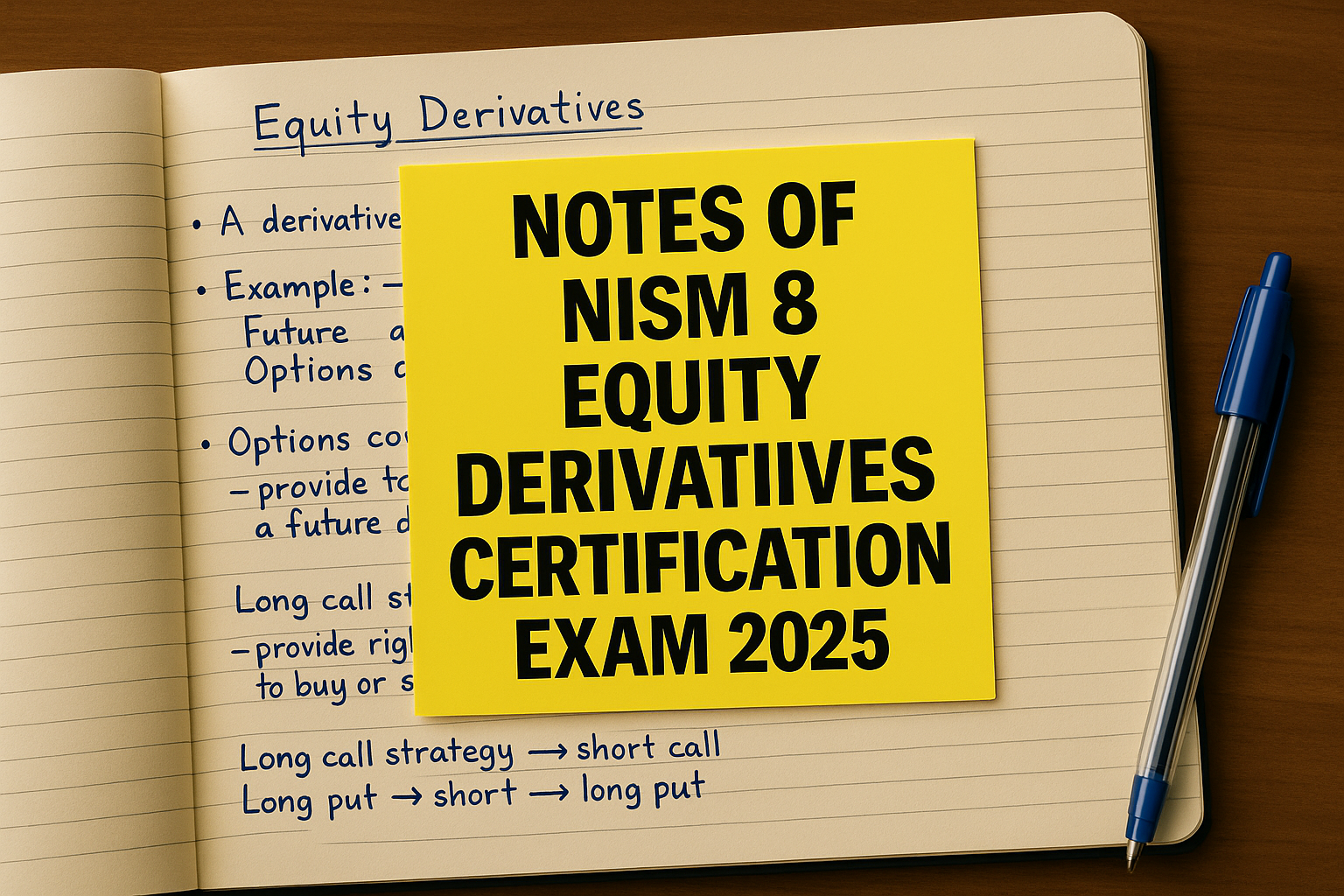- The finance sector supports economic stability and provides sustainable financial services.
- Financial institutions must prioritize customer-oriented service and provide appropriate investment advice.
- Customers deserve sound financial advice; employees are duty-bound to offer it.
- Collaboration among firms, employees, and intermediaries is essential to enhance customer satisfaction.
- Investors must beware of scams promising high or “risk-free” returns—no investment is without risk.
- Investment advisors should act in the client’s best interest, but investors must review statements regularly.
- Key learning topics include KYC documentation, risk profiles, due diligence, and grievance mechanisms.
- Investors should ensure product suitability and watch for high-risk recommendations like penny stocks.
- “Churning” by advisors (excessive trading for commissions) must be monitored through account reviews.
- Investor seminars may include biased advice—third-party consultation is advised.
- Sales agents must follow ethical contact guidelines, including time limits, identification, and respectful conduct.
Understanding risk profile of the client :
- Risk in investments includes both potential capital loss and failure to achieve expected returns.
- Investment types include fixed income (lower risk) and market-oriented instruments (higher risk).
- Risk-return trade-off: Higher risk should correspond with higher potential returns.
- Investor profiles vary: risk-averse individuals prefer secure investments; others may favor equities.
- Understanding risk tolerance is key to achieving financial independence and personal satisfaction.
- Challenges include vague investor goals, communication issues, and difficulty in assessing true risk appetite.
- Risk tolerance factors: age, income, dependents, occupation, marital status, liabilities, and wealth.
- Investment horizon matters: longer timeframes allow for higher risk tolerance in planning.
Risk Disclosure Document :
- Equities vs. Other Assets: Equities offer higher long-term returns, but can underperform in the short term, making them risky for short-term investors.
- Purpose of Risk Disclosure Document: It educates clients on the risks of trading derivatives and outlines broker-client rights and obligations.
- Derivative Product Risks: These vary in complexity, with options being more complex than futures due to pricing difficulties.
- Key Risks in Equity Derivatives:
- Market Risk: Prices may move unfavorably.
- Liquidity Risk: Difficulty in exiting positions near expiry.
- Counterparty Risk: Mitigated in exchange-traded derivatives due to guaranteed settlement.
- Leverage Risk: Small initial capital can lead to large positions and significant losses in volatile markets.
- Futures Trading Risks: Daily margin calls, margin hikes, and execution issues in volatile conditions can lead to forced liquidation and losses.
- Option Buyer Risks: Options may expire worthless, causing total premium loss.
- Option Seller Risks: Losses can be unlimited if the market moves adversely.
- Volatility and System Risks: High volatility and system glitches can cause order execution failures and financial loss.
- Regulatory Oversight: Brokers must assess client suitability, verify financial capacity, and provide detailed risk explanations.
- New SEBI Requirements: Brokers must display risk disclosures on login screens and maintain client profit/loss data for 5 years.
Written Anti Money Laundering Procedures :
- Definition & Legal Framework:
Money laundering involves handling proceeds of crime; the Prevention of Money Laundering Act (PMLA), 2002 aims to combat it and seize related property. - Loss Trends in Equity Trading:
Most individual traders in F&O segments incur losses, with average net losses of ₹50,000 and high transaction costs. - Mandatory AML Procedures:
Registered intermediaries must adopt written AML procedures including client acceptance policies, client identification, and transaction monitoring (especially STRs). - Customer Due Diligence (CDD):
Requires identifying and verifying clients and beneficial owners, ensuring transactions align with the client’s risk profile and source of funds. - Client Acceptance Policy:
Avoid anonymous/benami accounts, define risk levels (low/medium/high), and apply stricter KYC for high-risk or non-cooperative clients. - Risk-Based Approach:
Apply enhanced due diligence for high-risk clients (e.g., PEPs, NRIs, NGOs), and simplified checks for low-risk categories. - Client Identification Procedure:
KYC must be performed at account opening and during suspicious activities, with original documents verified for authenticity. - Document Requirements:
Lists of valid identity/address proofs for individuals, companies, and partnerships are specified (e.g., PAN, passport, board resolutions). - In-Person Verification (IPV) & e-KYC:
IPV is compulsory unless KYC is completed via Aadhaar or verified online through DigiLocker/video. - Unique Client Code (UCC):
UCC linked to PAN ensures unique client identification and helps prevent misappropriation of client securities. - Suspicious Transaction Reporting (STR):
Brokers must report suspicious activities to FIU-IND confidentially, without alerting clients, and can suspend accounts in serious cases.
Investors Grievance Redressal Mechanism :
- SEBI’s Role: Investor grievance redressal is a critical regulatory function under SECC and Brokers Regulation ensuring investor protection.
- Exchange Complaint Process: Investors can lodge complaints with exchanges regarding issues like unauthorized trades, delays in fund settlement, margin disputes, etc.
- Complaint Guidelines: Complaints must be written, signed, and non-frivolous; they should first be sent to the exchange, then to SEBI if unresolved.
- SCORES System: SEBI’s web-based SCORES platform allows online complaint submission with tracking and mandates resolution within 21 days.
- ODR Portal: SEBI’s SMARTODR enables digital conciliation and arbitration for complaints against brokers, listed companies, depository participants, etc.
- Types of Grievances Handled: Include service issues, trade discrepancies, fee disputes, misrepresentation, compliance and ethical violations.
- ODR Process: Starts with the market participant, escalates through SCORES, and then to ODR with steps: review, conciliation (21 days), and arbitration if needed.
- Post-Arbitration Rules: Market participants must comply within 15 days of the award; challenges must follow Arbitration Act timelines.
- Investor Do’s: Deal only with registered entities, insist on documentation, verify trades, understand risks, and keep records.
- Investor Don’ts: Avoid dealing with unregistered intermediaries, don’t trust guaranteed returns, ignore documentation, or delay in raising disputes.
